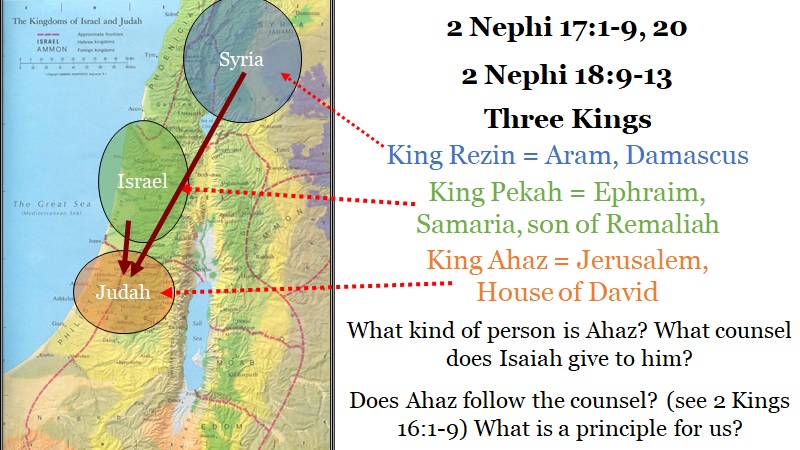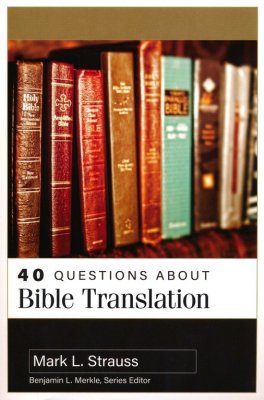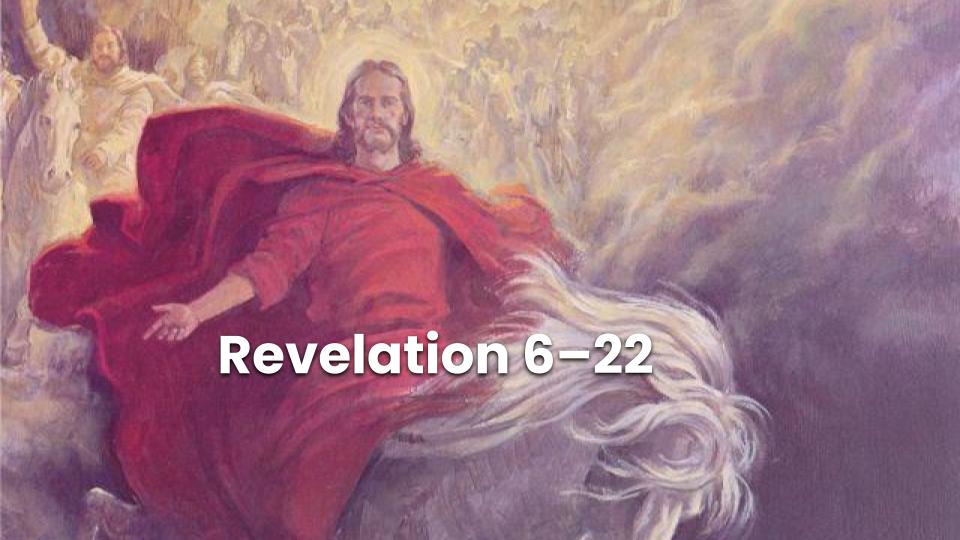I confess, for years I read 2 Nephi 17 and had no idea what it was talking about. There are so many random names in the first three version alone I would feel completely lost. Who is the son of Remaliah anyways and why does he matter?
Using “The Isaiah Map” really helped me understand who the key players in this chapter are and all of the sudden it clicked. This is actually an awesome chapter, and there is more to it than just verse 14!
If you’re like me, and struggle to know what it’s talking about, this post is for you! What follows is my attempt at giving a basic explanation of what is going on in 2 Nephi 17-18 (Isaiah 7-8). I’m writing to people who are trying to teach Isaiah by using The Isaiah Map as a teaching too.
The context of 2 Nephi 17 is what is commonly referred to as the Syro-Ephraimite War. Assyria planned to dominate the entire Middle East and beyond. As Jason Combs noted, “In an effort to staunch the rising tide of Assyrian aggression or to expand their own territorial control, Rezin, king of Syria, attempted to form a coalition of those kingdoms that had been subjugated by Assyria,” which countries included Israel and Judah. Syria and Israel were preparing to go to war against Judah to enforce Judah’s cooperation in the fight against Assyria. The beginning verses of these chapters take place with this historical backdrop. I include them below with [explanatory notations in brackets].
And it came to pass in the days of Ahaz the son of Jotham, the son of Uzziah, king of Judah, that Rezin, king of Syria, and Pekah the son of Remaliah, king of Israel, went up toward Jerusalem to war against it, but could not prevail against it. [Students should be able to connect these names with what they have drawn on the Isaiah map and thus recognize that Syria and Israel (their kinds are named) were at odds with Judah.]
And it was told the house of David, saying: Syria is confederate with Ephraim. And his heart was moved, and the heart of his people, as the trees of the wood are moved with the wind. [The people in the Southern Kingdom learn of the plan described in verse 1 and are afraid.]
Then said the Lord unto Isaiah: Go forth now to meet Ahaz, thou, and Shear-jashub thy son, at the end of the conduit of the upper pool in the highway of the fuller’s field; [The Lord tells Isaiah to go with his son and meet Ahaz, king of the Southern Kingdom.]
And say unto him, Take heed, and be quiet; fear not, neither be faint-hearted for the two tails of these smoking firebrands, for the fierce anger of Rezin with Syria, and of the son of Remaliah. [Isaiah was to tell Ahaz not to be afraid of these two kingdoms (the Northern Kingdom of Israel and Syria).]
Because Syria, Ephraim, and the son of Remaliah, have taken evil counsel against thee, saying:
Let us go up against Judah, and vex it, and let us make a breach therein for us, and set a king in the midst of it, even the son of Tabeal [Syria and the Northern Kingdom plan to install a puppet king in Judah who will join them in their fight against Assyria]:
Thus saith the Lord God: It shall not stand, neither shall it come to pass. [Even though there is a plot against you by Syria and Israel to replace you as king, don’t worry about it, it’s not going to happen.]
For the head of Syria is Damascus, and the head of Damascus is Rezin; and within threescore and five years shall Ephraim be broken, that it be not a people. [Isaiah concludes, “The Lord is going to take care of Syria and the Northern Kingdom; you do not have to worry about them.”] (2 Nephi 17:1–8)
Thus in context, Isaiah has told Ahaz not to worry about this potential attack. Next we read, “The Lord spake again unto Ahaz, saying, Ask thee a sign of the Lord thy God; ask it either in the depths, or in the heights above. But Ahaz said, I will not ask, neither will I tempt the Lord” (2 Nephi 17:10–12). Students might be inclined to think that Ahaz is acting righteously by not seeking a sign; however, Ahaz’s response actually appears to be false piety. Context suggests that Ahaz was a wicked king (see 2 Kings 16:2) and that Ahaz simply didn’t want to receive advice from the Lord.
Although Ahaz did not want a sign, Isaiah told him a sign would nevertheless be given: “Behold, a virgin shall conceive, and bear a son, and shall call his name Immanuel” (2 Nephi 17:14). Students likely will immediately identify this passage with the birth of Christ because of its familiar quotation in Matthew 1:23. While this passage certainly is connected with the Savior’s birth, we can help our students see that Ahaz is worried about an imminent invasion—how would the birth of a Savior in more than seven hundred years be a sign for him? Particularly when we note the end of verse 16: “For before the child shall know to refuse the evil, and choose the good, the land that thou [Ahaz] abhorrest shall be forsaken of both her kings” (2 Nephi 17:16). In other words, Ahaz’s enemies (Israel and Syria) will be destroyed before this child that Isaiah speaks of is old enough to know right from wrong.
Commenting on this passage, Elder Jeffrey R. Holland wrote, “This sign was given to the Old Testament King Ahaz, encouraging him to take his strength from the Lord rather than the military might of Damascus, Samaria, or other militant camps. . . . There are plural or parallel elements to this prophecy, as with so much of Isaiah’s writing. The most immediate meaning was probably focused on Isaiah’s wife, . . . who brought forth a son about this time [see 2 Nephi 18:1–4], the child becoming a type and shadow of the greater, later fulfillment of the prophecy that would be realized in the birth of Jesus Christ.”
Isaiah gave Ahaz a stern warning: “Associate yourselves, O ye people, and ye shall be broken in pieces. . . . Take counsel together, and it shall come to naught; speak the word, and it shall not stand: for God is with us” (2 Nephi 18:9–10). Thus, Isaiah told Ahaz that he should not turn to others for help; rather, he should trust in God. Unfortunately, Ahaz did not believe Isaiah and instead turned to Assyria for assistance (see 2 Kings 16:7–8). This had serious repercussions for the Southern Kingdom of Judah in the next generation (see 2 Kings 18–19).
With a concrete understanding of the historical context of this passage, students can begin to liken these verses to themselves. Just as the Jews faced intense trials, so too do our students. They can be tempted (as was Ahaz) to turn to inappropriate sources for help and strength. Hopefully this account can fortify them to trust in Jehovah knowing that as they rely on him they will find strength and deliverance.
My colleague Jason Combs has written an outstanding book chapter on Isaiah 7-8 (2 Nephi 17-18) and more rigorously examines the historical and geographical context of Isaiah’s words. Unfortunately, as of the time of this writing, its not available online yet, but I’m linking to here in hopes that one day soon it will be!
Sign up to receive occasional emails with more posts like this one.






